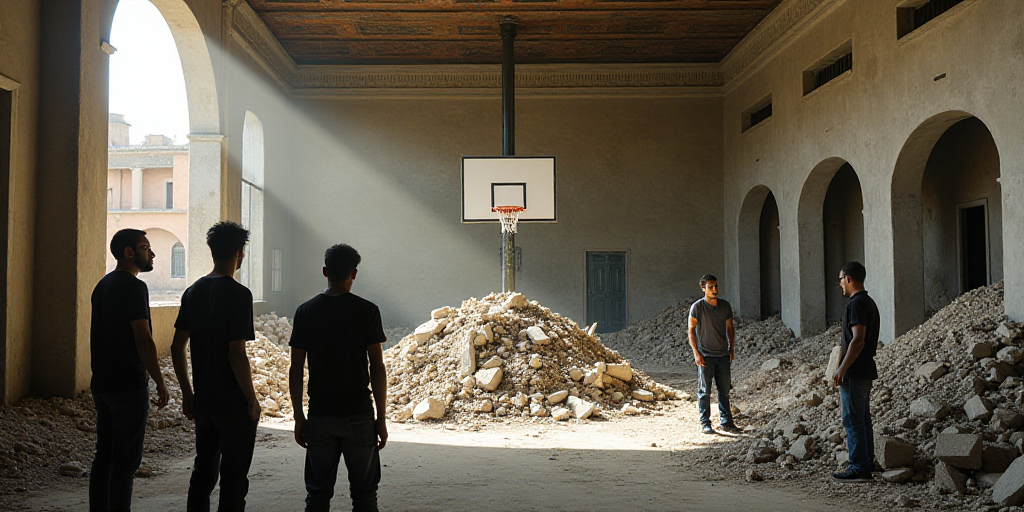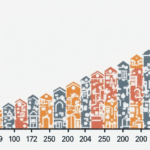Background on the Affected Region
The Philippines, located in the Pacific Ring of Fire, frequently experiences earthquakes due to its position amidst intense seismic activity stretching from Japan to Southeast Asia. This region is prone to frequent seismic events, making the country accustomed to such occurrences.
Details of the Earthquake
Magnitude 6.9 Earthquake: A 6.9 magnitude earthquake struck central Philippines on Tuesday evening, causing significant damage and loss of life.
The quake occurred at 21:59 local time near the northern coast of Cebu Island, close to Bogo, a city with approximately 90,000 residents, according to the United States Geological Survey (USGS).
Impact and Casualties
The National Disaster Risk Reduction and Management Council reported 26 fatalities and 147 injuries, along with 22 damaged buildings. The deaths include nine adults and four children in Bogo, with three fatalities resulting from landslides following the earthquake.
Additional casualties were reported in nearby municipalities, including San Remigio and Tabuelan. Five people died in San Remigio, with four victims rescued from a sports center and one child killed by falling debris.
Rescue Efforts and Challenges
The Cebu provincial government requested volunteer medical assistance on Facebook for rescue operations following the earthquake.
“There might be people trapped under collapsed buildings,” said Wilson Ramos, the provincial rescue chief, citing ongoing efforts in San Remigio and Bogo. He mentioned uncertainty regarding the number of missing persons.
Rescue efforts during the night were hampered by darkness and 379 reported aftershocks, as per the Philippine Institute of Volcanology and Seismology.
Several roads in the area sustained damage, and power outages occurred in Cebu and nearby central islands. However, electricity was restored in crucial areas shortly after midnight.
Community Response and Aftermath
Local Reactions:
San Fernando firefighter Joey Leeguid reported feeling the strong tremor at the station, causing minor dizziness but no significant harm.
Martham Pacilan, a 25-year-old resident of the tourist town Bantayan near the epicenter, described being in the town plaza near a damaged church during the earthquake.
He recounted hearing a loud noise from the church and seeing rocks fall, but fortunately, no one was injured. He felt shock and panic simultaneously while being unable to move during the quake.
The Cebu provincial government reported a commercial building and school in Bantayan collapsed due to the earthquake, while a fast-food restaurant in Bogo suffered severe damage.
In a Facebook live stream, Governor Pamela Baricuatro urged residents to “remain calm and move to open areas, stay away from structures that could collapse, and remain vigilant for potential aftershocks.”
Key Questions and Answers
- What happened? A 6.9 magnitude earthquake struck central Philippines, causing at least 26 deaths and over 100 injuries.
- Where did the earthquake occur? The quake was centered near the northern coast of Cebu Island, close to Bogo.
- What buildings were damaged? A commercial building, school, and fast-food restaurant were among the structures severely affected.
- What challenges did rescuers face? Rescue efforts were complicated by darkness and numerous aftershocks.
- What advice was given to the public? Residents were advised to stay calm, move to open areas, and remain alert for further aftershocks.






